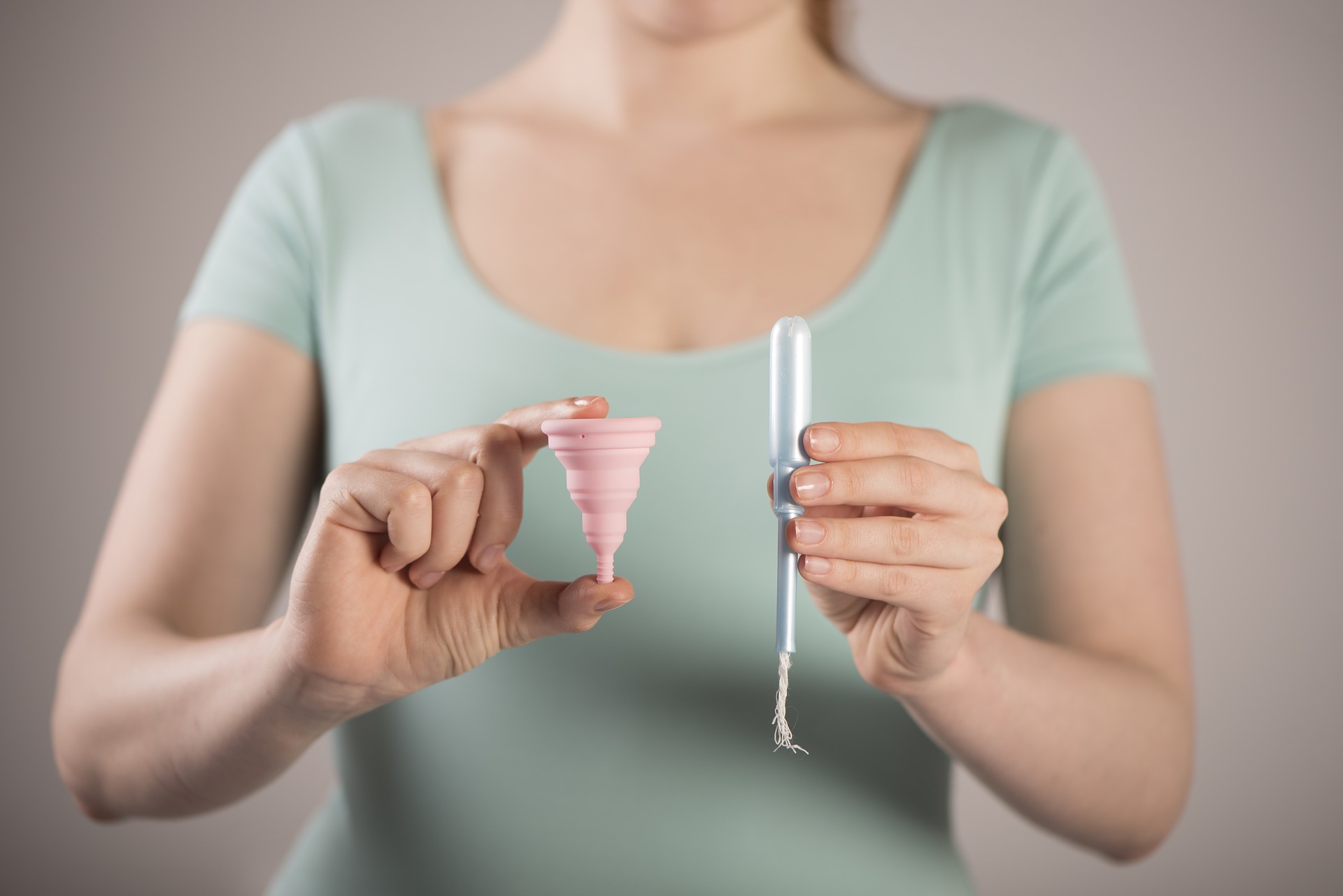
Life&Style’s Kitty Grant documents the history of period product advertising, arguing that recent examples are unrealistic and harmful
In the summer of 2014 at the age of 13, I experienced the worst pain I had felt in my life up until that point. Then I felt it again a few months later and then in another few months and again and again. This is the reality for the millions around the world who suffer from severe period pain. However, despite the fact that 80% of people who have periods, experience period pain (and for 10% this pain disrupts their normal life), the reality is not typically shown in advertising.
In the early 20th century, advertising of feminine hygiene products focused on discretion, depicting menstruation as something shameful and to be hidden, (with the help of the products being advertised, of course). Marketing during this period particularly focused on discrete packaging, meaning nobody would know about what was often considered a shameful secret.
“As feminism’s second wave began, advertisements shifted focus from the shame surrounding periods to the inconvenience caused
As feminism’s second wave began, advertisements shifted focus from the shame surrounding periods to the inconvenience caused by them. Instead of a tool to ensure nobody knew your dirty secret, pads and tampons became freeing—women were finally allowed to live their lives while menstruating.
This was an important message, as throughout history the shame and misunderstandings surrounding periods have prevented women from living their lives, so showing that it was possible to live normal life while on menstruating was an important and empowering message. However, many modern marketing campaigns still focus on how their product, specifically, is unique in allowing women to live their lives.
“In TV and film, periods are typically only mentioned in passing
Images of women happily playing sports in white outfits—as can be seen in the currently running ad for Always—have been plastered on our TVs for so long that it has become an oft satirised cliché. Of course, marketing is designed to make people want to buy a product, so creating an aspirational image surrounding the product is often convincing. However, I believe the advertising of menstrual products could provide a platform for discussions that need to be had. In TV and film, periods are typically only mentioned in passing, with quick remarks like ‘I’m PMSing so bad right now’ or ‘she must be on her period’ rather than meaningful conversations about the multitude of ways menstruation can affect us.
An estimated 10% of women worldwide suffer from endometriosis, just one of many conditions that can cause intense gynaecological pain, and in the UK it takes an average of 7.5 years from first experiencing symptoms to a diagnosis. If conversations about period pain were more common in the media, more open discussions would be had, allowing a greater understanding of what is and is not a normal amount of pain, potentially leading to necessary treatment. Openness would benefit everyone, not only creating a more sympathetic culture surrounding periods, but potentially benefitting brands also.
“The products typically advertised in mainstream media deal only with one aspect of menstruation
While advertisement for more aspirational products such as shampoo or clothing may want to show images of idealising scenarios, periods are an unpleasant experience for so many, regardless of whether or not their tampons have eight hours leak-free protection. And yes, the products typically advertised in mainstream media deal only with one aspect of menstruation—bleeding—for most, periods have many aspect: mood changes, acne, fatigue, not to mention pain.
Showing such idealised imagery around periods has lead to resentment and annoyance, while historically, period advertisement that breaks new boundaries has lead to wider press surrounding the campaign, and the product. And with 67% of young women identifying as feminists, more and more customers are likely to be swayed towards a product they perceive as carrying a feminist message.
“A recent Bodyform campaign titled #wombstories shows depictions of reproductive health, such as menopause, severe pain, and the experiences of trans men
However, there is hope: a recent Bodyform campaign titled #wombstories shows depictions of reproductive health, such as menopause, severe pain, and the experiences of trans men, which are more similar to the lived experiences of those for whom periods are not just about running around in white clothing.
So as we wait for other branches of the media to create meaningful dialogues about menstruation, hopefully advertisement can be the place to engage in these conversations.
Enjoyed this article? We think you’ll like these:

Comments